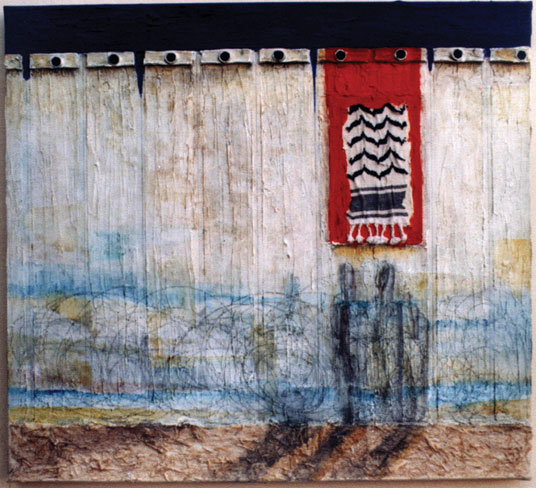Who stole the Land?
“A land without a people for a people without a land” is a widely-cited phrase associated with the plans of the Zionist movement to establish a Jewish state in Palestine. It sounds like a hackneyed, over-used and obvious phrase in the context of colonial chutzpah but its true strength cannot be conceived of without comprehending its impact on the design of
2015-05-08
Writer from Haifa, Palestine
|
ar
“A land without a people for a people without a land” is a widely-cited phrase associated with the plans of the Zionist movement to establish a Jewish state in Palestine. It sounds like a hackneyed, over-used and obvious phrase in the context of colonial chutzpah but its true strength cannot be conceived of without comprehending its impact on the design of the racist Zionist system. In fact, it lays the ground for the logic of the Israeli legal apparatus that produces the colonial essence of this state. The sentence is made up of two components, the land and the people, and handling those two components is the main task of the political regime in Israel: it seeks to “design” the people who have the right to exist and to ensure control over the land. Is this a return to the drawing board? Indeed it is, for this year’s Land Day coincides with an elections where Western media, and Arab media to a lesser extent, insist that “racism is on the rise in Israel.”
It is as if Israeli racism is not structural but a mere phenomenon that escalates and retreats according to political variables.
This assessment is part of the wider preoccupation with the conflict between the Zionist “left” and right. What is the relationship between the current issues related to the elections and the major and fundamental issues concerning the structure of the Israeli system? The claim that racism is a phenomenon in Israel rather than an essential part of its system is mainly propagated by the so-called Israeli “left” as part of its war on the right.
What can we learn from the modern history of Palestinian political economy of a continuous struggle against domination by alien colonial economic and political powers?*
2025-10-16
Palestinian Professor Walid Khalidi celebrated his 100th birthday, with a warning against the continuation of the Zionist plan that manifests pedigree as a child of a 19th century quintessentially European...
Israel was not an extension of a mother country. This is a big difference from other kinds of colonialism and even other settlers' cases throughout history.
Insistent on flexing its muscles, the PA imposed, during the first wave, a curfew in cities where not one case had been recorded. Movement between all governorates was blocked, and...
Al-Quds* has been at the receiving end of the most intense and fastest colonial encroachment ever seen in Palestine, its people left to their own devices, stripped of any support,...
The Israeli human rights organisation, B’Tselem, has recently issued a statement in which it says that “the territories under Israeli control are organised under a single principle: advancing and cementing...







